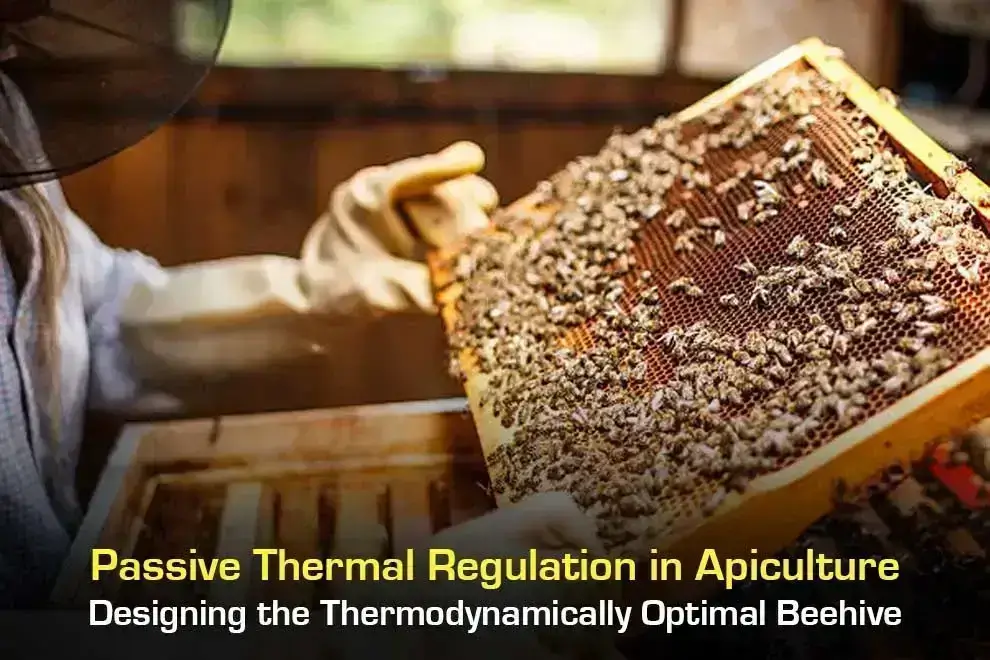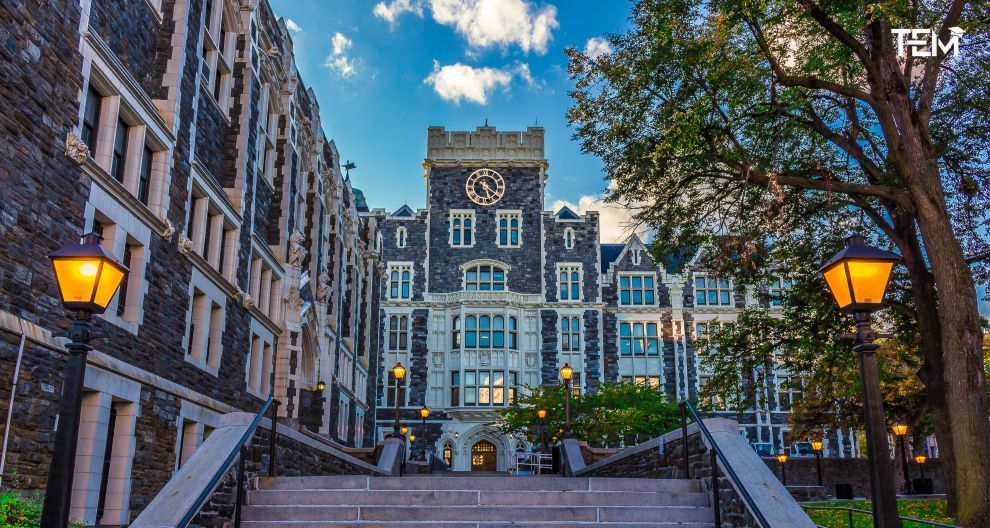Honeybees are masters of microclimate control. For millennia, they’ve evolved within tree cavities and natural hollows that provide remarkable insulation against extreme temperatures. Yet, when modern beekeepers began housing colonies in box-like hives, the natural thermodynamics of the colony’s home shifted dramatically. Today, rethinking hive design through passive thermal regulation isn’t just a nod to nature — it’s critical for healthier, more resilient colonies.
Understanding How Bees Regulate Temperature
Inside the hive, bees maintain the brood nest at around 35°C, regardless of whether it’s -20°C outside in winter or sweltering midsummer heat. Worker bees cluster together, shiver their flight muscles to generate heat, and fan their wings to circulate air when it gets too warm. While bees can adapt, poor hive design can force them to work harder, consuming precious energy reserves that could be spent on brood care or foraging.
The Science Behind Passive Thermal Regulation
Passive thermal regulation means designing the hive so it naturally buffers against temperature swings without mechanical intervention. This approach borrows principles from architecture — think of how passive houses use insulation, thermal mass, and ventilation to stay warm or cool with minimal energy input. In apiculture, the same ideas can ensure bees expend less energy on climate control.
Insulation: More Than Just Thickness
Traditional wooden hives often have thin walls, which leak heat in winter and absorb too much in summer. In nature, bees nest in trees with thick trunks — sometimes over 30 cm of solid wood. Modern designs aiming for a thermodynamic beehive recreate this natural insulation using layered wood, cork, or even bio-based foams. Proper insulation slows down heat loss in winter and shields the colony from overheating in summer.
Ventilation: Finding the Right Balance
A healthy hive needs to breathe. Moisture buildup from bees’ respiration can chill the brood or foster mould. However, too much ventilation can turn the hive into a drafty box that bleeds warmth. Well-designed passive systems use strategic entrance placement, screened bottom boards, and adjustable vents to maintain airflow while preserving warmth when it’s most needed.
Orientation and Location Matter
Where and how you place a hive can drastically affect its thermal performance. In colder climates, hives should get maximum sun exposure, ideally facing southeast to catch morning rays and help bees warm up for early foraging. Natural windbreaks like hedges or fences shield hives from chilling gusts. Elevating hives off the cold ground also reduces dampness and heat loss.
Materials Make a Difference
Beyond thickness, the type of material plays a role. Natural wood provides excellent breathability and moderate insulation but can warp over time. Some beekeepers experiment with composite materials or recycled eco-panels that combine durability with high insulation values. It’s not just about trapping heat — the hive must also allow excess moisture to escape, mimicking a tree cavity’s ability to ‘breathe.’
Design Innovations for Modern Apiaries
Innovators are taking cues from nature and modern engineering alike. Some designs integrate double-walled construction with insulating filler, green roofs for additional thermal buffering, or even passive solar gains through transparent panels that warm the hive naturally in winter. Others adopt modular frames to adjust ventilation and insulation seasonally, responding to the bees’ needs throughout the year.
The Long-Term Benefits of Thermally Optimised Hives
When bees live in an environment closer to their natural nests, the entire colony benefits. Stronger overwintering survival rates, reduced stress, healthier brood, and lower disease susceptibility all follow. Passive thermal design also lowers the need for constant beekeeper intervention — less opening the hive for checks means less disruption to the bees’ microclimate.
Moving Towards Sustainable Beekeeping
For many keepers, shifting towards passive hive design is part of a broader commitment to sustainable practices. As climate patterns shift, extremes in temperature become more common, and resilient hives can make the difference between colony survival and collapse. Pairing these designs with organic management and diverse forage ensures bees thrive in harmony with their surroundings.
Helping Bees Help Themselves
Adapting passive thermal principles to apiculture doesn’t mean reinventing the hive entirely — it means learning from nature and using thoughtful design to support the bees’ instinctive climate mastery. By giving colonies homes that naturally moderate temperature and moisture, we help them do what they do best: pollinate, reproduce, and keep our ecosystems vibrant for generations to come.
Also Read: This 5 Year Old Certified Beekeeper Makes 60 Jars Of Honey Yearly










